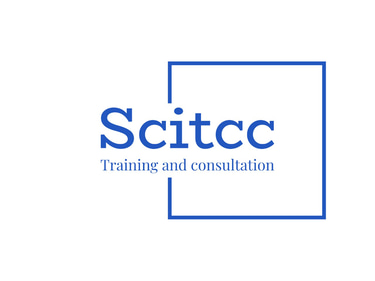
Aligning and Achieving the Future Vision
Aligning and Achieving the Future Vision
$5200.00
Day One: The Concept of Future Vision and Its Importance
Course topics:
Definition of a future vision.
The difference between vision and goal.
The importance of setting a clear vision in personal and professional life.
Analysis of future trends in various fields.
Teaching method:
Interactive lecture + small workshops to discuss the participants' personal insights.
Day Two: Analyzing the Current Situation and Identifying Gaps
Course topics:
Techniques for analyzing the current situation.
Identifying the challenges that may hinder the achievement of the vision.
Tools for assessing available resources and opportunities.
Teaching method:
Brainstorming sessions + practical exercises to analyze the personal or institutional situation.
Day Three: Strategies for Aligning the Future Vision
Course topics:
How to build a strategic plan to achieve the vision.
Setting priorities and allocating resources.
Aligning short-term and long-term goals with the future vision.
Teaching method:
Presentations + group discussions to exchange ideas.
Day Four: Challenges and How to Overcome Them
Course topics:
The common challenges in achieving the future vision.
Ways to deal with change and flexibility.
How to build endurance and adaptability.
Teaching method:
Interactive lecture + case studies + role-playing.
Day five: Implementing the vision and follow-up
Course topics:
How to turn plans into tangible actions.
Continuous monitoring and evaluation techniques.
How to adjust plans based on changes in the environment.
Teaching method:
Practical workshops + strategies for continuous work planning.
Display method:
The presentation:
Use visual slides (PowerPoint) to support the ideas.
Short videos to showcase real experiences.
Interactive learning:
Encouraging individual and collective participation.
Providing opportunities for participants to work in groups.
Evaluation and follow-up:
Short tests or surveys before and after the course to measure improvement.
Distributing worksheets to participants to determine their next steps after the course ends.
Are there specific aspects you would like to modify or add details about?


